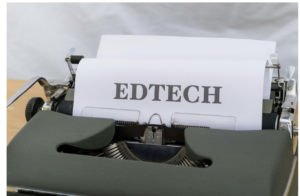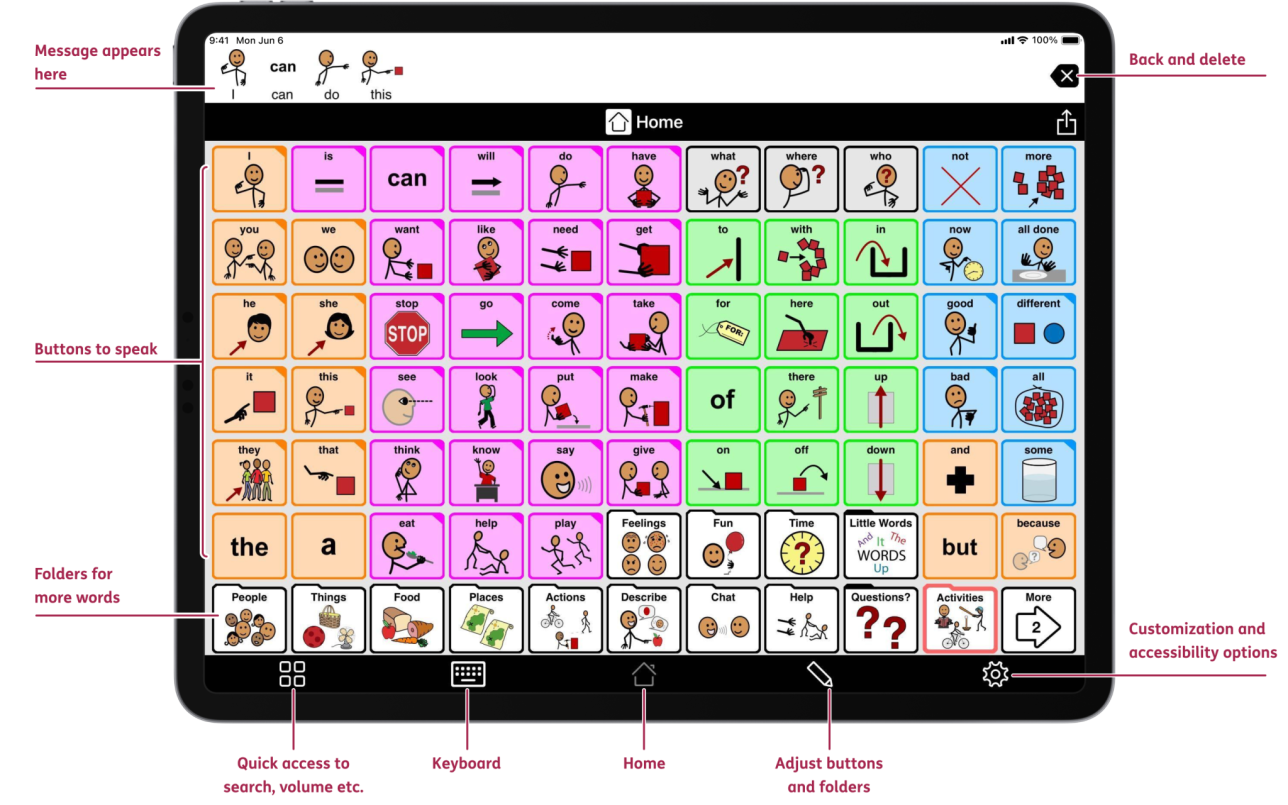Speech-to-Text

Image Published on August 25th, 2022 Licensed under Unsplashed+ Getty Images
Intro:
Last week, we examined Khan Academy’s availability and limitations. We found that it follows the principles of open and distributed learning. This week, we decided to take a look at Speech-to-text technology. As a reminder, our learning goal is to discover the best resources to support our learners through the use of differentiated technology. So let’s delve in!
What is Speech-to-Text?
Speech-to-text, also known as voice-to-text, is a technology that changes spoken words into written text. This technology uses Artificial Intelligence to transcribe, dictate, assist, and navigate. It can transcribe audio from recordings, interviews, lectures, etc. This technology is also used in voice-controlled navigation systems. However, we will focus on dictation to keep this topic relevant to K-8 classrooms. Dictation is the process of taking speech and turning it into written text. This could be in a document, email, search engine, etc. Students with disabilities commonly use speech-to-text technology.
Availability
Speech-to-text technologies are widely available and are becoming easier to use. For example, Windows has a built-in voice typing tool that pops up when you click the Windows key + H. Microsoft Word and Google Docs also have free built-in voice tools. This means students can write papers or assignments by speaking rather than typing. Schools support this technology and tend to include it in students’ IEPs. There are many free versions. However, some are paid programs. Paid programs are designed for people with more advanced needs and offer more accuracy and complex tools.
Limitations
Although this technology is widely accessible, it has many limitations. Accuracy issues like misrecognition of words, messing up homophones (there, their, and they’re), and no punctuation (unless specified) are common. Users also need access to technology such as a device, wifi, and a microphone, without which they are left unsupported. Due to various factors, some students don’t have this kind of technological access. There is also the concern for the environment. The classroom may be too loud with background noise, or an individual might feel awkward or shy to speak out loud. Language and accents also play a role, as this technology sometimes can’t understand what the speaker is saying. Lastly, the paid programs can cost a lot of money, and many students can’t access them without financial aid.
Relation to Open and Distributed Learning
Speech-to-text technology fits into the principles of open and distributed learning. Openness refers to the practice of removing barriers to education to make it accessible to everyone. Speech-to-text fits this principle as it is free, can be used on various devices, can be used on open educational resources (Google Docs, discussion forums, etc), and allows for greater equity in participation. Distributed learning is education that occurs over various times and locations, often referring to online learning. Speech-to-text fits this well as it can be used at home, in class, on the go, and on various devices. This technology also allows students to work independently at their own pace, which is ideal for asynchronous courses. Overall, this tool supports open and d
Personal Experiences with Speech-to-Text – Mady Chase
I have extensive experience with speech-to-text. This tool is extremely helpful to me as someone with dyslexia. I have used it in professional and casual settings. I’ve used it to write papers, reflections, emails, texts, lectures, etc. Spelling is one of my biggest challenges, to the point where auto-correct and Grammarly don’t always know what I’m trying to write. However, speaking the words helps the word processor understand what I’m trying to spell. I also tend to waste time trying to spell a word, so speech-to-text speeds up the process. Although it works great and is easily accessible, I have to edit it and speak slower than normal so it picks up what I’m saying. I also need to speak the punctuation parts, which can sound funny and mess up the flow of my speech. Overall, I love this tool and its openness to those who can benefit from it.









